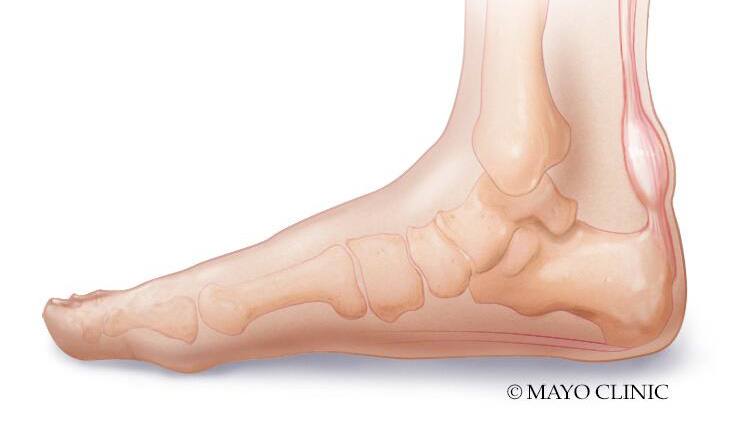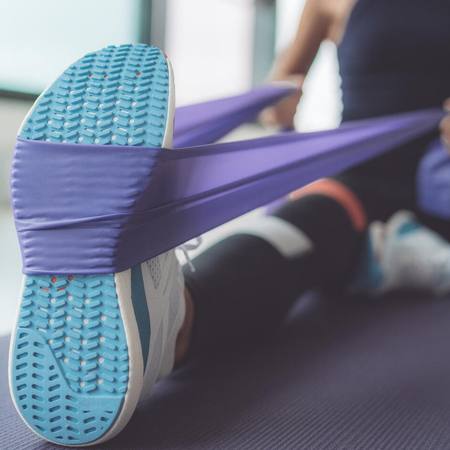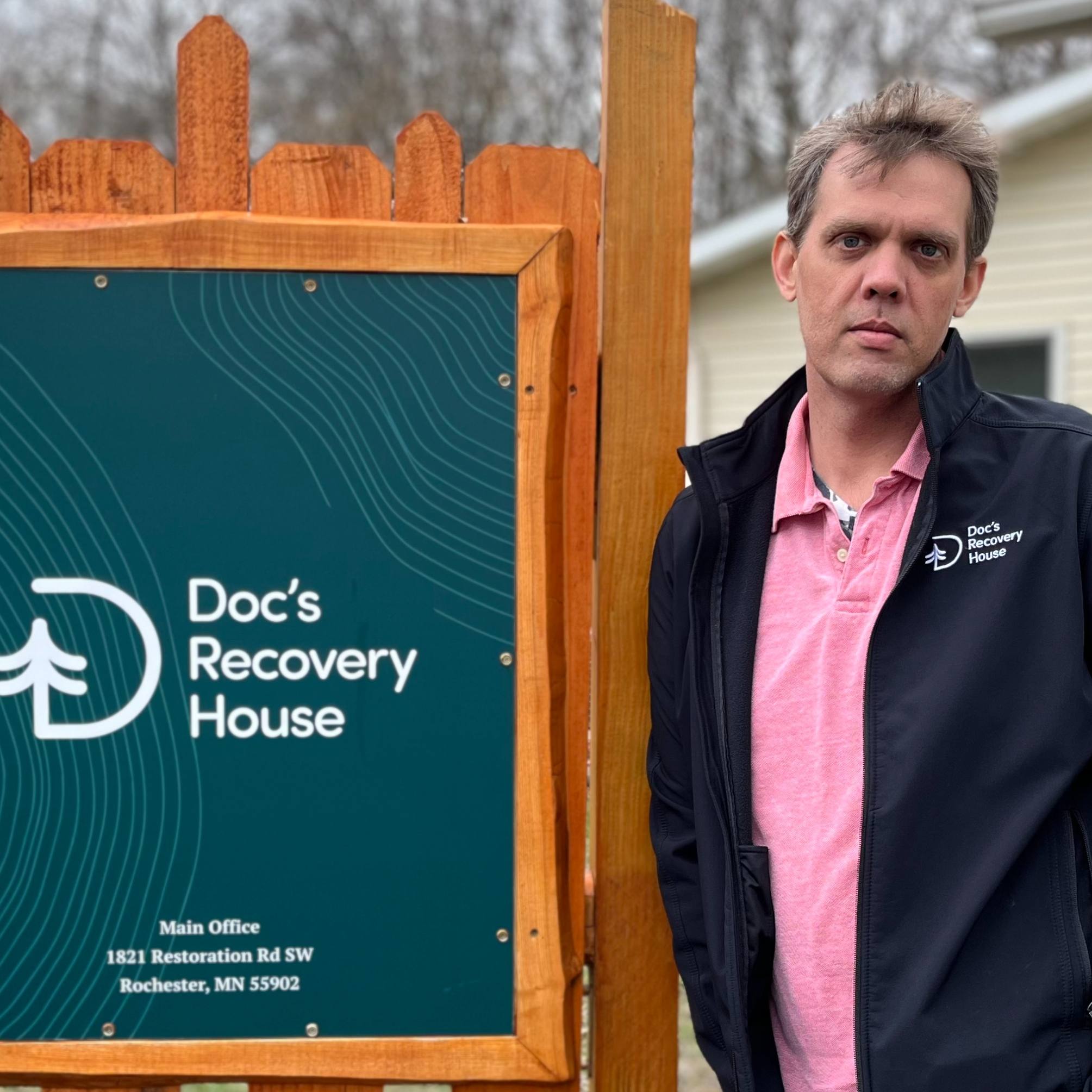-
Health & Wellness
Sports Safety Spotlight: Mayo Clinic advises easing into summer sports to avoid Achilles injuries

LA CROSSE, Wis. ― The warm summer weather can make adults feel like kids again. The Weekend Warrior comes roaring out, and the excitement and bursts of exertion can lead to a very common injury among that group: Achilles tendinitis.
"Achilles tendinitis is most common in people who suddenly increase the intensity or duration of exercise. It's also common when someone hasn't been properly trained for their sport," says Jacob Erickson, D.O., Sports Medicine, Mayo Clinic Health System.
The Achilles tendon is a long band of tissue that connects calf muscles at the back of the lower leg to your heel bone. This tendon is used when walking, running, jumping or pushing up on your toes. But if it's injured, the pain, typically located in the back of your calf, and lack of function can throw you off your stride for months.
Recognizing when you're at risk for Achilles tendinitis and knowing how to prevent it can keep you walking, running and exercising without pain. Risk factors include:
- Your sex
Achilles tendinitis is most common in men. - Age
You're at a higher risk as you get older. - Flat feet
A naturally flat arch in your foot can put more strain on the Achilles tendon. - Obesity
Carrying extra pounds also increases tendon strain. - Poor footwear
Running in worn-out shoes or wearing footwear inappropriate for your sport can injure the tendon. - Weather and terrain
Tendon pain occurs more frequently in cold weather than when it's warm out. Running on hills also can put more stress on your Achilles tendon. - Medical conditions and medications
People with psoriasis, high blood pressure or who take certain types of antibiotics, called fluoroquinolones, are at higher risk of developing Achilles tendinitis.
"Although you may be at risk for this type of injury, there are things you can do to help prevent it," says Dr. Erickson. "For example, if you're beginning an exercise regimen, start slowly and gradually increase the duration and intensity of the training."
Other tips include avoiding activities that place excessive stress on your tendons, such as hill running. If you participate in a strenuous activity, warm up first by exercising at a slower pace. If you notice pain during a particular exercise, stop and rest.
Choose your shoes carefully. The shoes you wear while exercising should provide adequate heel cushioning and firm arch support to help reduce the tension in the Achilles tendon. Replace your worn-out shoes. If your shoes are in good condition but don't support your arch, try adding supports in both shoes.
Take the time to stretch your calf muscles and Achilles tendon in the morning, before exercise and after exercise to maintain flexibility. This is especially important to avoid a recurrence of Achilles tendinitis.
Strengthen your calf muscles. Strong calf muscles enable the calf and Achilles tendon to handle activity and exercise stress better.
"If you do experience an Achilles injury, be sure to rest and avoid exercising the area," says Dr. Erickson. "Recognizing the pain early and avoiding exercising through the pain is key. Ignoring the pain and continuing to exercise can cause the problem to snowball and become chronic. Early recognition, resting and basic stretching can remedy the problem quickly."
If you are unable to get the problem to calm down after a few weeks, it is time to contact your healthcare team. Early medical treatment includes more intensive physical therapy exercises and sometimes topical treatment to assist with the pain.
Achilles tendinitis can become chronic and last for many months or even years if not appropriately treated early. Refractory cases of Achilles tendon pain may require surgery to repair the tendon. Healing can take months, so it's best to be aware of your risks and practice preventive strategies to keep you active and pain-free.
###
About Mayo Clinic Health System
Mayo Clinic Health System consists of clinics, hospitals and other facilities that serve the healthcare needs of people in Minnesota and Wisconsin. The community-based healthcare professionals, paired with the resources and expertise of Mayo Clinic, enable patients in the region to receive the highest-quality physical and virtual healthcare close to home.
Media contact:
- Amanda Dyslin, Mayo Clinic Health System Communications, newsbureau@mayo.edu
Related Articles







